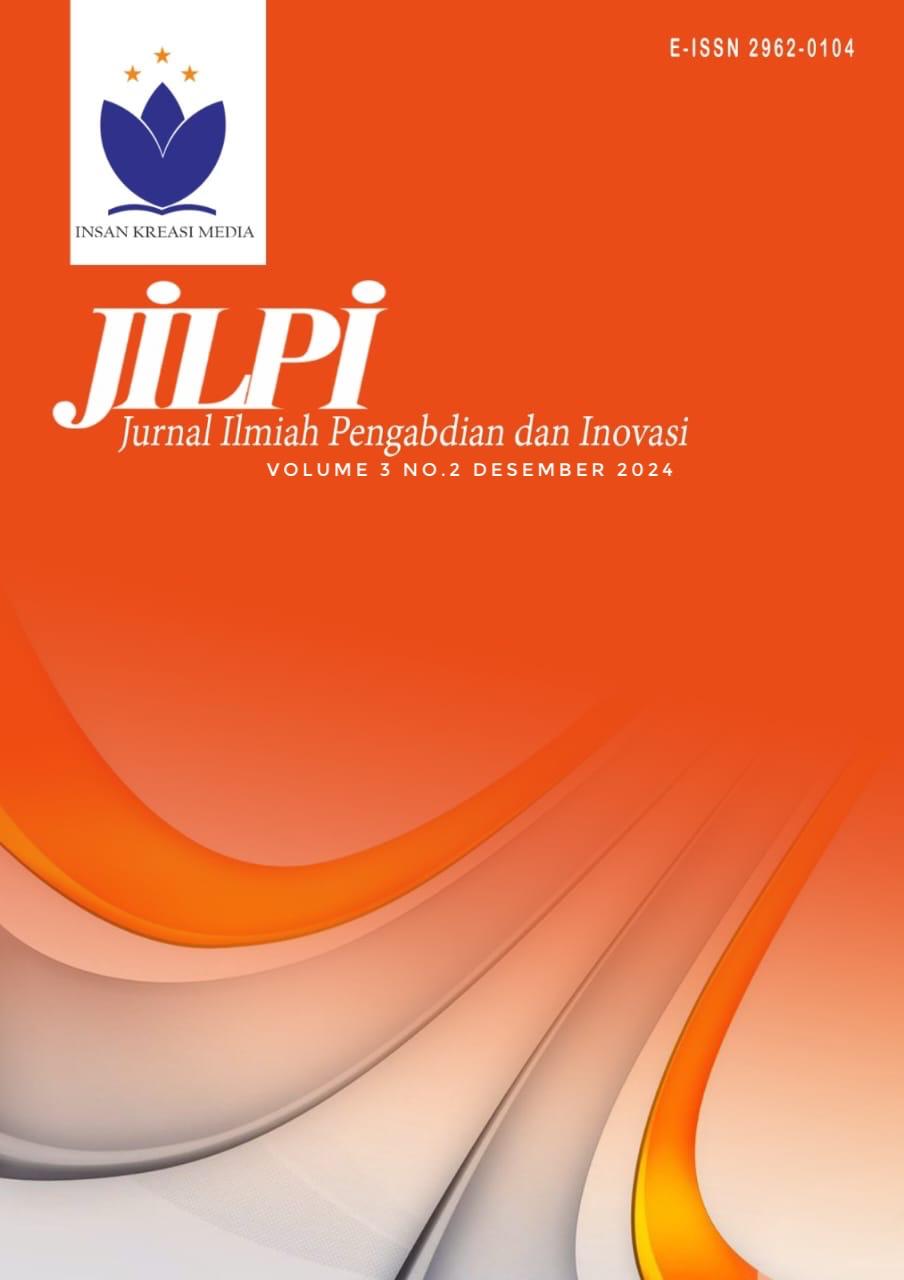Sosialisasi Penerapan Cara Produksi Pangan Olahan yang Baik (CPPOB) Pada Proses Produksi Kopi Kapsul
DOI:
https://doi.org/10.57248/jilpi.v3i2.512Abstract
Coffee is one of Indonesia's strategic commodities. There are various kinds of processed coffee, one of them is coffee pods. CV Sundanika Indonesia is one of the coffee pods producers in Indonesia. The lack of competitors makes CV Sundanika Indonesia's coffee pods become attractive to the export market. However, in the plan to export coffee pods products, CV Sundanika Indonesia is constrained by the distribution permit from BPOM. One of the requirements for obtaining a BPOM distribution permit is the standardization of the production process through CPPOB. The purpose of this Community Service Program is to introduce CPPOB to CV Sundanika Indonesia. Activities are divided into three stages, i.e. preparation, implementation, and evaluation to ensure the success of the community service program. The preparation stage includes content development, the implementation stage includes CPPOB socialization, and the evaluation stage is measured to determine the participants' understanding of CPPOB. The results of this program indicate an average increase in understanding of CPPOB at 30% as seen from the results of the pre-test and post-test. In addition, the result of this program is a recapitulation of the documents needed in the CPPOB submission.





